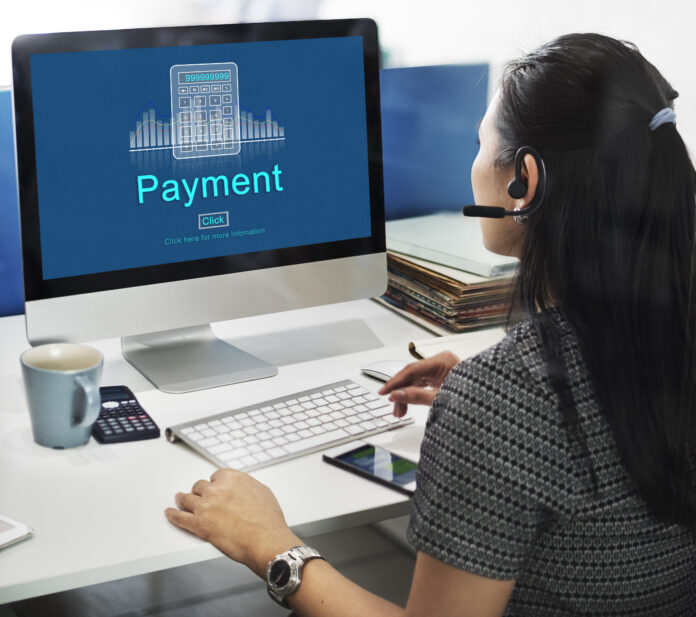Table of Contents
Mastering the Art of Debt Repayment: A Comprehensive Guide
Introduction: In today’s fast-paced world, many individuals find themselves burdened with various forms of debt, ranging from credit cards to personal loans and mortgages. Managing and paying off debt can often seem like an overwhelming task, but with the right strategies and mindset, it is entirely achievable. This blog aims to provide a unique and human-friendly guide on how to pay off debt effectively, empowering individuals to take control of their financial well-being.
Understanding Your Debt:
The first step in the journey towards debt freedom is to gain a clear understanding of your financial obligations. Take inventory of all your debts, including credit card balances, student loans, car loans, and any other outstanding loans. Organize this information by noting down the total amount owed, interest rates, and minimum monthly payments for each debt. This will serve as the foundation for creating your debt repayment plan.
Create a Budget:
A crucial aspect of debt repayment is establishing a realistic budget that aligns with your income and expenses. Start by tracking your monthly income and categorizing your expenses, including necessities such as rent or mortgage payments, utilities, groceries, transportation, and discretionary spending. Differentiate between needs and wants to identify areas where you can potentially cut back on expenses and allocate more funds towards debt repayment.

Prioritize Your Debts:
Not all debts are created equal, and it’s essential to prioritize which debts to tackle first. One common approach is the debt snowball method, where you focus on paying off the smallest debt first while making minimum payments on larger debts. As you eliminate smaller debts, you gain momentum and motivation to tackle larger debts progressively. Alternatively, you may choose the debt avalanche method, which prioritizes debts with the highest interest rates to minimize overall interest costs.
Increase Your Income:
Negotiate with Creditors: Don’t hesitate to reach out to your creditors to explore options for reducing interest rates or negotiating more favorable repayment terms. Many creditors are willing to work with borrowers facing financial hardship and may offer hardship programs, debt settlement arrangements, or lower interest rates to help you repay your debt more efficiently. Be proactive in communicating with your creditors and explaining your situation to explore potential solutions.
In addition to managing expenses, consider ways to boost your income to accelerate debt repayment. This could involve taking on a side hustle, freelance work, or seeking opportunities for career advancement and salary increases. Any additional income earned should be allocated towards debt repayment to expedite your journey towards financial freedom.

Consider Debt Consolidation:
If you’re struggling to manage multiple debts with varying interest rates, debt consolidation could be a viable option. This involves combining multiple debts into a single loan with a fixed interest rate, often resulting in lower monthly payments and simplified debt management. However, it’s crucial to weigh the pros and cons of debt consolidation carefully and ensure that you’re not trading short-term relief for long-term financial strain.
Stay Committed and Flexible:
Paying off debt requires discipline, perseverance, and flexibility. There may be setbacks along the way, such as unexpected expenses or changes in income. Stay committed to your debt repayment goals, but also be willing to adjust your strategy as needed. Celebrate milestones and progress along the way to stay motivated and remind yourself of the ultimate financial freedom you’re working towards.
Conclusion:
Paying off debt is a journey that requires diligence, patience, and strategic planning. By following the tips outlined in this guide and adopting a proactive approach to debt repayment, you can take control of your finances and pave the way for a brighter financial future. Remember, the key to success lies in staying focused on your goals, making informed financial decisions, and prioritizing your long-term financial well-being. With determination and perseverance, you can conquer your debts and achieve the financial freedom you deserve.
FAQ
- 1.What is the best strategy for paying off debt: debt snowball or debt avalanche?
- Both approaches have their merits, but the best strategy depends on your personal preferences and financial situation. The debt snowball method focuses on paying off the smallest debt first for quick wins and psychological motivation, while the debt avalanche method prioritizes debts with the highest interest rates to minimize overall interest costs.
- 2. How can I negotiate with creditors to lower interest rates or modify repayment terms?
- Start by reaching out to your creditors directly and explaining your financial circumstances. Be honest and transparent about your situation and propose a reasonable repayment plan. Many creditors offer hardship programs or may be willing to negotiate lower interest rates or extended repayment terms to help you manage your debt more effectively.
- 3. Is debt consolidation the right option for me?
- Debt consolidation can be beneficial for individuals struggling to manage multiple debts with varying interest rates. However, it’s essential to carefully evaluate the terms and costs associated with consolidation loans and consider alternative options such as debt management plans or balance transfer credit cards. Consult with a financial advisor to determine if debt consolidation aligns with your financial goals and circumstances.
- 4 . What should I do if I encounter unexpected expenses while paying off debt?
- Unexpected expenses are a common part of life, but they shouldn’t derail your debt repayment efforts. Build an emergency fund to cover unforeseen expenses and avoid relying on credit cards or loans to finance emergencies. If you encounter a significant expense, reassess your budget and prioritize your needs versus wants to free up funds for both debt repayment and emergency savings.
- 5. How long does it typically take to pay off debt?
- The timeline for paying off debt varies depending on factors such as the total amount owed, interest rates, income level, and debt repayment strategy. While some individuals may pay off their debt relatively quickly, others may take several years to achieve debt freedom. The key is to stay committed to your repayment plan, make consistent payments, and adjust your strategy as needed to stay on track towards financial freedom.



This website is unbelievable. The radiant material shows the distributer’s enthusiasm. I’m dumbfounded and envision more such astonishing sections.
you are in reality a good webmaster The website loading velocity is amazing It sort of feels that youre doing any distinctive trick Also The contents are masterwork you have done a fantastic job in this topic